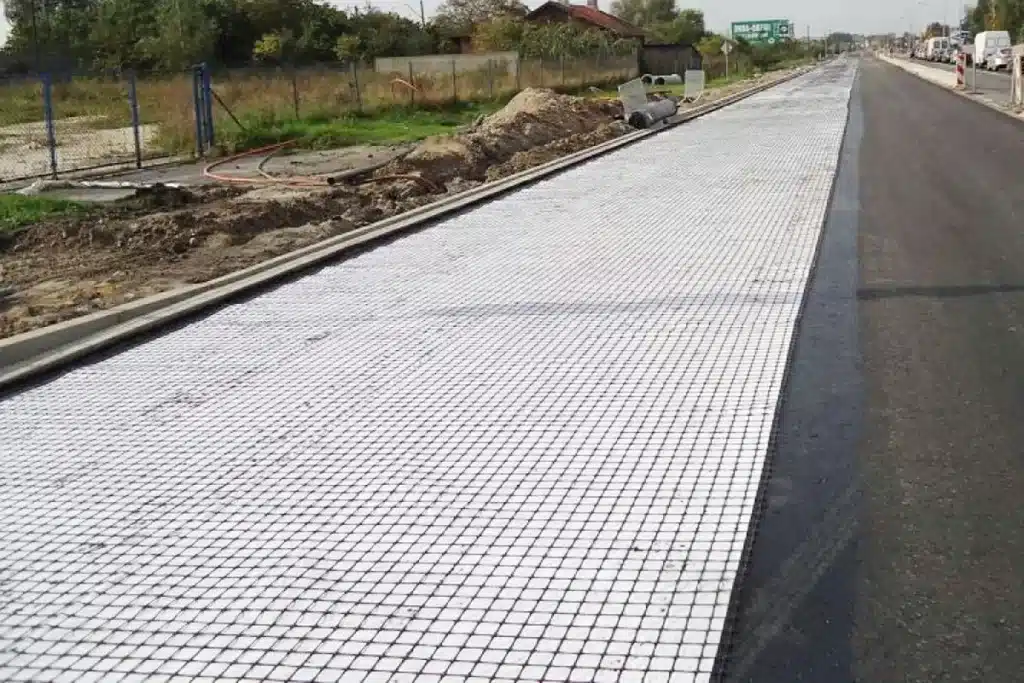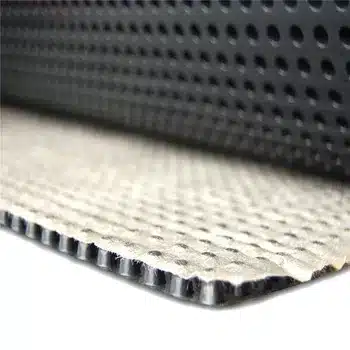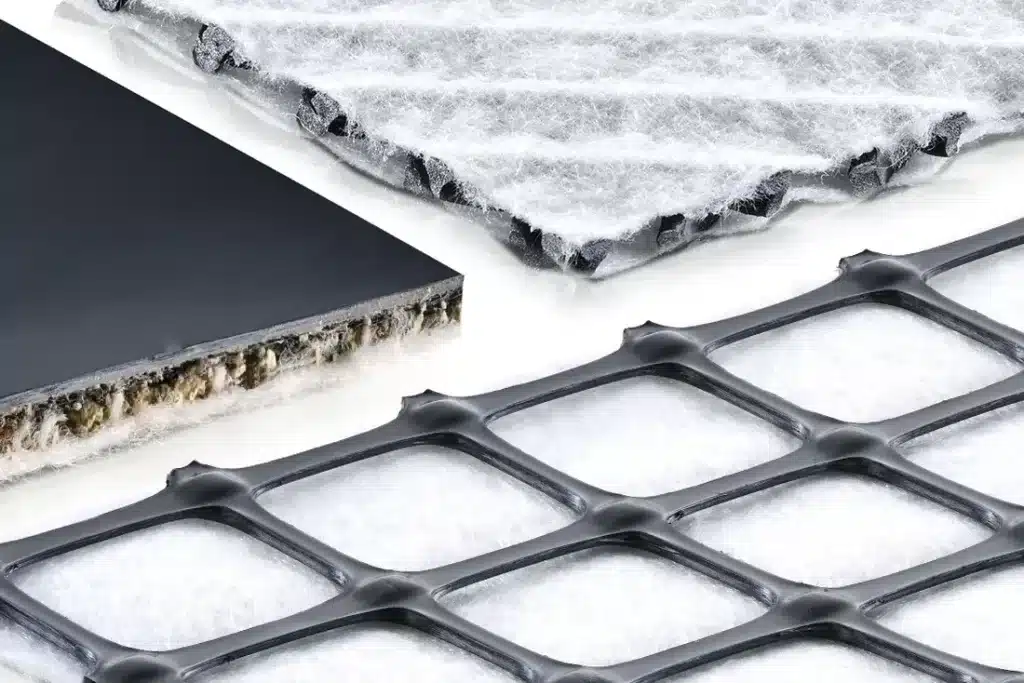+86-159 9860 6917
info@geofantex.com
geofantex@gmail.com
+86-400-8266163-44899
Geocomposite liners play a crucial role in modern environmental engineering, offering robust solutions for containment and drainage in various applications. This article explores what geocomposite liners are, their differences from geotextiles, their cost implications, their key properties, and their overall significance in environmental protection.
What is a geocomposite liner?
A geocomposite liner is a multifaceted material used primarily in environmental containment systems. It typically consists of layers of geotextiles, geomembranes, or both, bonded together to form a composite structure. This design combines the filtration and drainage properties of geotextiles with the impermeability of geomembranes, and sometimes incorporates a layer of bentonite clay between two geotextiles or geosynthetic materials, creating a versatile barrier system.

What is the difference between geotextile and geocomposite?
Geotextiles are permeable fabrics made from synthetic fibers, used for filtration, drainage, and erosion control. A geocomposite consists of a combination of one or more geosynthetics, specifically a geogrid, a geotextile, a geomembrane, and/or a geonet, with another material, such as geomembranes or drainage nets. This integration enhances their functionality to include both filtration and barrier properties, making them suitable for more demanding applications such as landfill liners and drainage systems.
What is the cost of a geocomposite drainage layer?
The cost of geocomposite liners varies depending on several factors including project size, material specifications, and installation requirements. Generally, geocomposites are more expensive than standalone geotextiles due to the added layers and functionalities. However, their cost-effectiveness stems from their ability to replace multiple traditional layers in certain applications, thereby reducing overall construction costs and enhancing long-term performance. For example, a typical geocomposite liner might cost around Rs 120/square meter, making it a competitive option in the realm of environmental containment solutions.
What are the properties of geocomposite?
Geocomposite liners exhibit several key properties essential for their intended applications:
- Strength and Durability: They offer robust mechanical properties suitable for withstanding installation stresses and environmental loads.
- Hydraulic Performance: Geocomposites facilitate effective drainage and filtration, managing water flow while preventing soil particle migration. This includes both vertical and horizontal permeable capacity, ensuring comprehensive water management capabilities.
- Chemical Resistance: They are engineered to resist chemical degradation, maintaining integrity in harsh environments such as industrial sites and waste containment facilities.
- Flexibility: Their design flexibility allows customization to meet specific project requirements, ensuring optimal performance in diverse conditions.
Geocomposite liners represent a significant advancement in environmental protection, combining the best features of geotextiles and geomembranes to create effective containment and drainage solutions. Understanding their composition, functionality, cost considerations, and properties is essential for engineers, environmentalists, and stakeholders involved in infrastructure projects aimed at safeguarding our ecosystems and public health.



Get Free Sample
We’ll respond as soon as possible(within 12 hours)






















